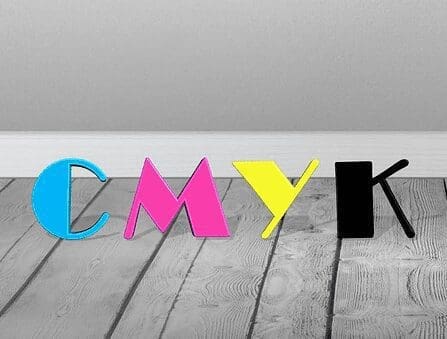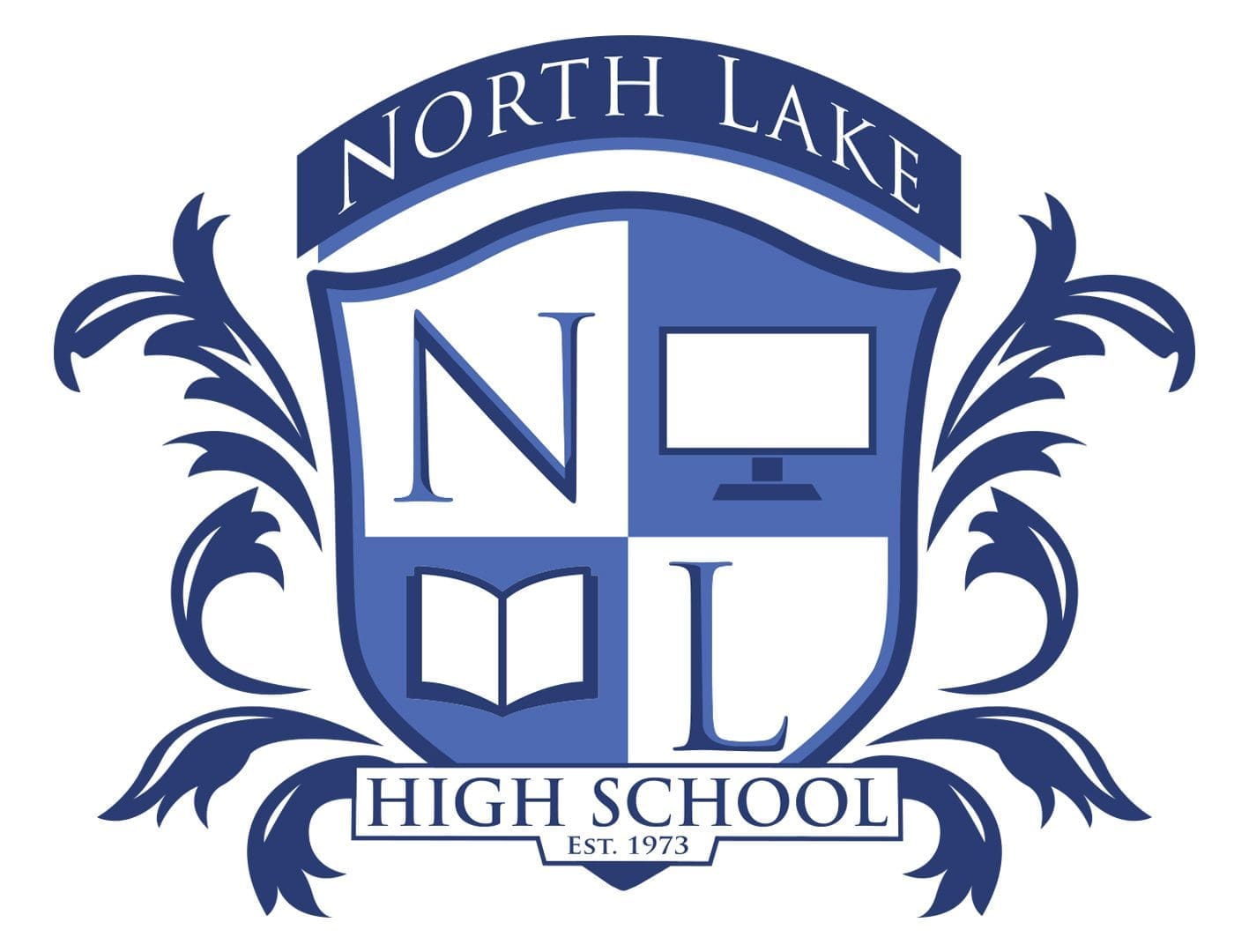When Values
Actually Matter
Understanding the spectrum of business relationships
and when alignment drives extraordinary results
Here’s a question that every business leader should ask themselves: Would you rather work with a company that shares your morals and ethics?
The answer might seem obvious, but the reality is more nuanced. In a recent conversation with John Hofmann, founder and operations manager of Fusion Marketing, we explored this exact dilemma – one that was sparked by a thought-provoking discussion from Chris Do at The Futur about authenticity in business relationships.
The Grocery Store vs. Branding Agency Dilemma
The conversation centers on a fascinating comparison: Does it matter if your grocery store shares your values when you’re buying carrots? What about the agency that’s crafting your brand identity and essentially putting their creativity into shaping how your business presents itself to the world?
“When you think about it, there’s clearly a spectrum here,” Hofmann explains. “Some business relationships are purely transactional – you need a product or service, they deliver it, money changes hands. But others are deeply collaborative, where the vendor’s worldview and values directly impact the work they do for you.”
This isn’t just theoretical. At Fusion Marketing, Hofmann has built his entire business model around this principle, going so far as to interview every potential client before taking them on.
“It’s not uncommon for us to fire clients before we even get started on a project,” he notes. “When we do this, it’s not from a place of friction or being pompous. We’ll simply let them know that maybe we’re not the best fit.”
His approach to client discovery is refreshingly straightforward.
“I’m really big on candor and meeting people where they are, so I just talk to them like they’re human,” Hofmann explains. “Most often people are very receptive to this. If they’re not, that’s going to be difficult for us to maintain a mutually beneficial working relationship. At the end of the day, I’m really terrible at using marketing speak just for the sake of sounding important.”
The Real Cost of Misalignment
The impact of values misalignment becomes clear when you consider what happens when a team isn’t emotionally invested in a client’s success. Hofmann points to a concrete example from his own experience:
“We specialize in deep, intimate relationships with our clients that develop over the long term. If my team is not value-aligned with an organization, how can I honestly expect them to go above and beyond with every project?”
This isn’t just about warm feelings – it translates directly to business outcomes. Fusion’s web development clients receive one hour of free development work monthly, plus proactive audits and fixes that clients often don’t even know they need. Recently, the team developed custom software for a restaurant client – essentially creating a DoorDash-style backend for managing multiple restaurant locations – and delivered it for free in exchange for a case study.
This approach translates directly to how work gets delivered.
“Most of our projects are priced inside of the scope, so you can only drive the car as far as it goes,” Hofmann explains. “I can’t tell you how many times we’ve had a project that required a fixed set of hours and we went way beyond that because we wanted to make sure that we gave the client the best possible solution. This isn’t necessarily us misquoting projects, but rather giving a client the presidential suite when all they ordered was a standard room.”
“We did this because we really like him and his company,” Hofmann explains. “If we didn’t know that his heart was in the right place, the willingness for my team to do that after hours, on their own accord, simply wouldn’t be there. The motivation wouldn’t be there.”
Values as a Business Strategy
This approach isn’t just altruistic – it’s strategic. Hofmann has restructured Fusion’s entire marketing approach around what he calls the Pairadox Project. When a business hires Fusion for a logo or website project, they select a cause they’re passionate about, and Fusion provides the exact same service to a nonprofit in that category through a transparent, recorded random selection process.
“We moved ALL of our marketing dollars into this project,” Hofmann reveals. “We scrapped our entire traditional marketing budget. No more Facebook ads. No more Google keyword campaigns. Instead, we’re betting the whole company on a simple idea: when businesses invest directly in their communities, everyone wins.”
The result? A client base that’s not just aligned on deliverables, but on fundamental values. And when Chris Do talks about alienating one-third of potential clients by taking strong convictions, Hofmann sees it as a feature, not a bug. “Wouldn’t you rather work with people that are value-aligned closely with your beliefs and the things that are important to you?”
What’s particularly interesting is that the Pairadox Project wasn’t even Hofmann’s original idea.
“Truth be told, the Pairadox Project was not my idea – it’s the cumulative sum of a team work exercise we did after being in business for 10 years,” he admits. “I didn’t like the name, I didn’t like the logo. My team picked all of these out. The name and logo that I felt strongly about was outweighed by the rest of my team. I’m smart enough to know that I don’t always have the right answers. This was one of those cases, and I’m so grateful that this was the direction that we took.”
The Values Discovery Process
How to assess alignment without an interrogation
Community Involvement
Ask about local sponsorships, charity work, and community contributions
Employee Treatment
Discuss retention rates and how they handle difficult situations
Origin Story
Learn about their “why” and what drives their business decisions
Customer Philosophy
Understand how they approach customer relationships and conflicts
💡 “It’s pretty apparent within the first couple minutes of conversation”
The Discovery Process: What to Look For
So how do you actually assess values alignment without making it feel like an interrogation? Hofmann’s approach treats initial client meetings like “the first date” – focusing less on the project details and more on understanding who the client really is.
His team asks about community involvement, employee treatment and retention rates, the founder’s origin story, and how they handle difficult customer situations.
“Someone who started their business to make as much money as possible while paying their employees the least amount and taking advantage of customers – they’re not going to be value-aligned with us. And it’s pretty apparent within the first couple minutes of conversation.”
On the flip side, clients who sponsor local sports teams, donate to charity galas, or do pro bono work for underserved communities signal long-term alignment. “Those are good cues to let us know that a client is going to be value-aligned with us long term.”
When Values Alignment Actually Matters
Understanding High-Impact vs Transactional Business Relationships
HIGH-IMPACT RELATIONSHIPS
Values alignment is CRITICAL
TRANSACTIONAL RELATIONSHIPS
Values alignment matters LESS
The key is knowing when alignment is worth the investment
A Framework for Any Leader
While Hofmann’s examples come from the creative services world, the principles apply across industries. The key is understanding where values alignment matters most in your own business relationships:
High-Impact Relationships (where values matter most):
- Long-term partnerships
- Creative or strategic collaborations
- Services that shape your brand or reputation
- Relationships involving significant trust or access
Transactional Relationships (where values matter less):
- Commodity purchases
- Short-term, defined-scope projects
- Highly regulated or standardized services
- Relationships with clear boundaries and limited interaction
The question isn’t whether to care about values alignment – it’s knowing when it’s worth the investment of time and potential lost business to find that alignment.
The ROI of Values Alignment
Why aligned partnerships deliver extraordinary results
DISCRETIONARY EFFORT
PROJECT VALUE
TEAM MOTIVATION
What Aligned Partnerships Deliver:
✨ Presidential Suite Service
Teams go beyond scope because they believe in the client
🎯 Proactive Solutions
Partners anticipate needs before they’re asked
🚀 Innovation Mindset
Custom solutions delivered without additional cost
🤝 Long-term Thinking
Decisions made for mutual success, not just profit
“You can’t mandate motivation – it has to come from genuine alignment”
Building Long-Term Business Partnerships
There’s a compelling business case for this approach beyond just feeling good about your partnerships. When your vendors and partners share your values, you get access to their discretionary effort – the extra work they do because they believe in what you’re building together.
“The virtuous cycle is real,” Hofmann observes. “Better service leads to better clients, which leads to a more motivated team, which leads to even better service. You can’t mandate that kind of motivation – it has to come from genuine alignment.”
For leaders evaluating their own business relationships, the question isn’t whether your grocery store shares your political views. It’s whether the partners who have real influence over your business outcomes – your marketing agency, your key suppliers, your strategic consultants – are people you’d want representing your values when you’re not in the room.
Because when the stakes are high and the work matters, values alignment isn’t just a nice-to-have. It’s the difference between getting what you paid for and getting something you never knew was possible.
Ready to Evaluate Your Business Relationships?
Consider which of your current partnerships fall into the high-impact category and whether those partners would pass the “first date” test. The conversations might be worth having.
When choosing partners for your most important business relationships, remember that alignment goes beyond just deliverables – it’s about finding people who will go the extra mile because they believe in what you’re building together. That’s when real business magic happens.






